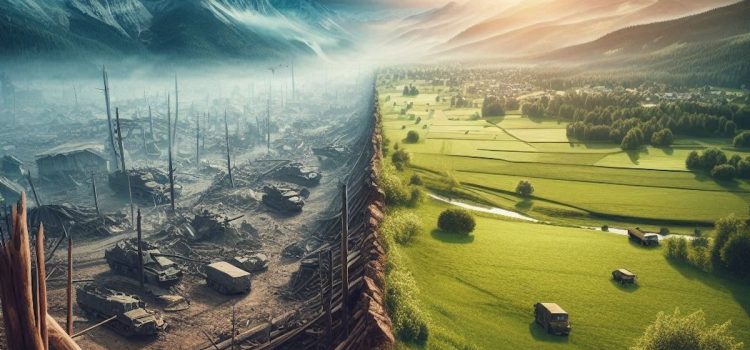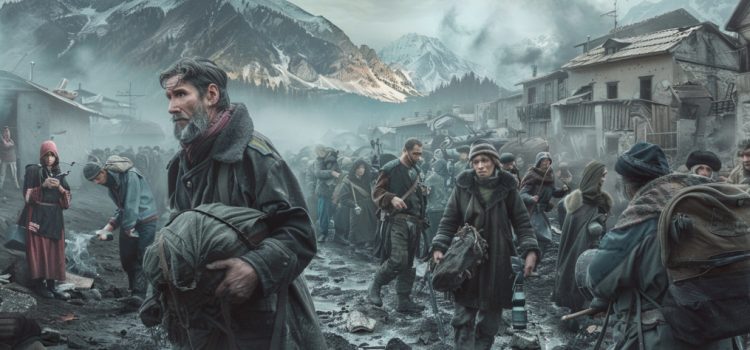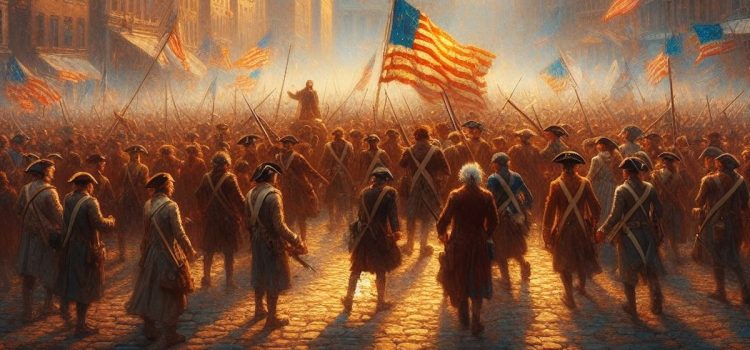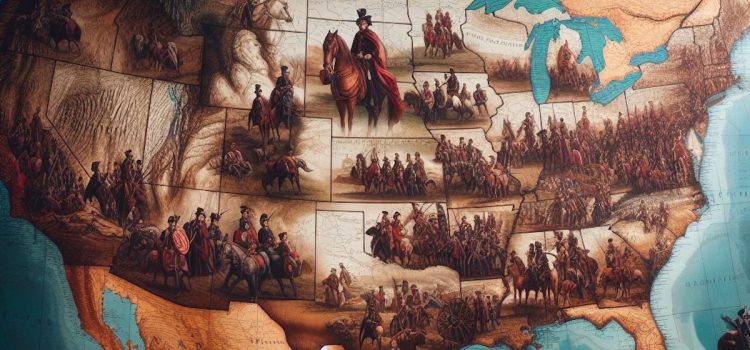How does a small-town girl become a key figure in American politics? What does it take to rise from modest beginnings to the White House? Dana Perino’s biography is a testament to the power of determination and adaptability. In her memoir And the Good News Is…, she shares the experiences that shaped her path from a ranch in Wyoming to the corridors of power in Washington D.C. You’ll find inspiration and insight as you follow Perino’s remarkable ascent through the political ranks.
Dana Perino’s Biography: From Rural Roots to Political Heights










